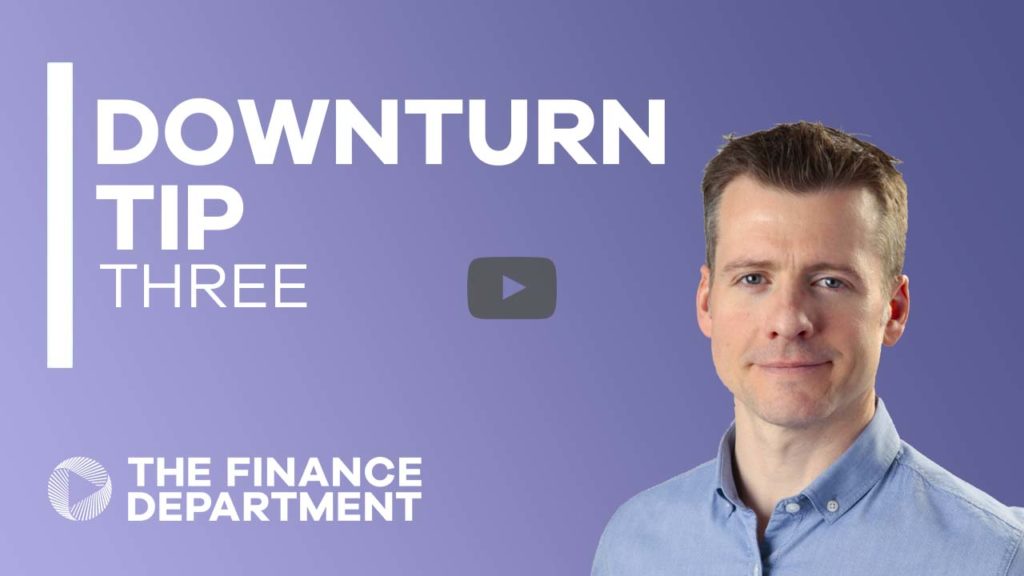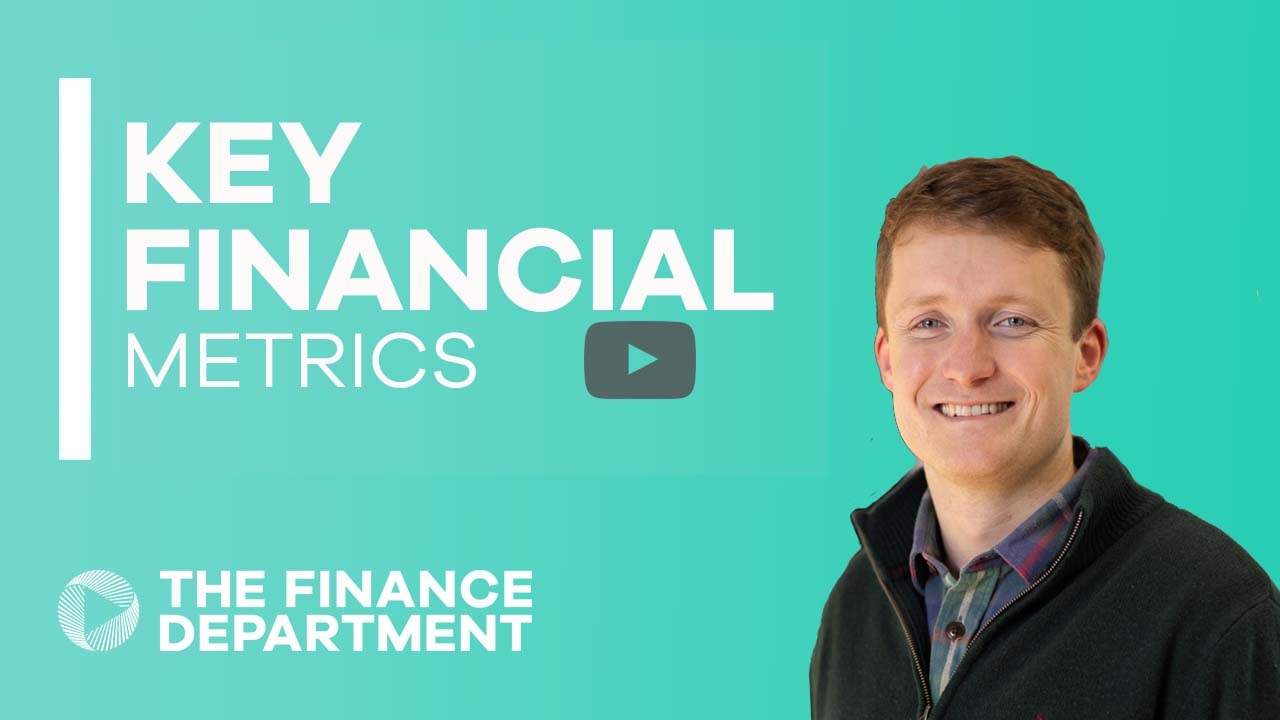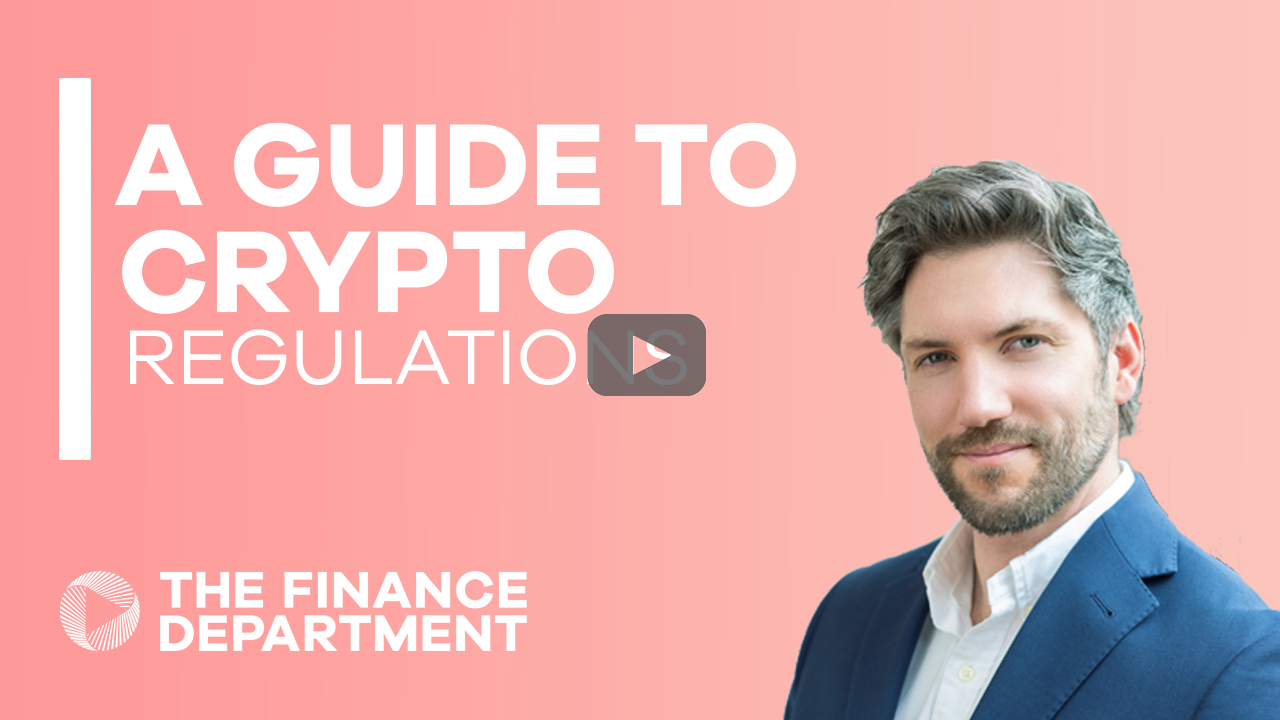Downturn Tip Three – Have a Structured Price Decision-Making Process In Place
Join today and start learning
TFD is the learning platform built for finance professionals.
This content is available as part of our bitesized video series.
Watch this video today by joining our free community.
Join today and start learning
TFD is the learning platform built for finance professionals.
This content is available as part of our bitesized video series.
Watch this video today by joining our free community.
Downturn Tip Three – Have a Structured Price Decision-Making Process In Place
Video information:
In this video, Phil discusses structuring your price decision-making process and how to handle the rising inflation.
Tip three in this little series, have a structured pricing decision-making process in place for your business.
Inflation is running high through the year so far and is set to reach double digits by the end of the year based on a multitude of factors. But that inflationary pressure will come through to you, whether it’s through your payroll, through your supplies, and it’s going to put pressure on your business. And you need to have a structured pricing decision-making mechanism to know when is the right point for you and your business in your sector to take action on your prices.
If you’re reactionary or unstructured in your approach, then you’re likely to receive much more pushback from your customers, if you can have a clear communication around what inflationary pressures are impacting you specifically, what your supplies is that’s causing you the issue and why you need to pass those on to clients. Clients are much more engaged in that conversation, and then they can see that you’ve thought through your process and it’s not a decision that you’ve taken lightly. If you just apply a ten percent price increase due to generic inflationary pressures, then you’re much less likely to have a positive reception or at least an accepting reception from your client base.
Price increases also need to be structured in terms of you may well churn some clients as a result, but if you can survive as a business and increase your revenues appropriately based on inflationary pressures, that any loss in client base might actually ultimately be a win for you in terms of long-term longevity and the stability of your business.
So, yes, make sure that you and your leadership team, your management team have got a structured approach, of when’s the right point? And by how much you think you need to increase prices.
Phil co-founded Mettryx following a 16 year finance career “in-house” across a range of industries, in order to provide senior, on-demand, finance services into SME organisations. His expertise range across fractional FD/CFO duties; FP&A consultancy; strategic finance projects support; international expansion; ERP/EPM implementations.
Video information:
In this video, Phil discusses structuring your price decision-making process and how to handle the rising inflation.
Tip three in this little series, have a structured pricing decision-making process in place for your business.
Inflation is running high through the year so far and is set to reach double digits by the end of the year based on a multitude of factors. But that inflationary pressure will come through to you, whether it’s through your payroll, through your supplies, and it’s going to put pressure on your business. And you need to have a structured pricing decision-making mechanism to know when is the right point for you and your business in your sector to take action on your prices.
If you’re reactionary or unstructured in your approach, then you’re likely to receive much more pushback from your customers, if you can have a clear communication around what inflationary pressures are impacting you specifically, what your supplies is that’s causing you the issue and why you need to pass those on to clients. Clients are much more engaged in that conversation, and then they can see that you’ve thought through your process and it’s not a decision that you’ve taken lightly. If you just apply a ten percent price increase due to generic inflationary pressures, then you’re much less likely to have a positive reception or at least an accepting reception from your client base.
Price increases also need to be structured in terms of you may well churn some clients as a result, but if you can survive as a business and increase your revenues appropriately based on inflationary pressures, that any loss in client base might actually ultimately be a win for you in terms of long-term longevity and the stability of your business.
So, yes, make sure that you and your leadership team, your management team have got a structured approach, of when’s the right point? And by how much you think you need to increase prices.
Phil co-founded Mettryx following a 16 year finance career “in-house” across a range of industries, in order to provide senior, on-demand, finance services into SME organisations. His expertise range across fractional FD/CFO duties; FP&A consultancy; strategic finance projects support; international expansion; ERP/EPM implementations.
Video information:
In this video, Phil discusses structuring your price decision-making process and how to handle the rising inflation.
Tip three in this little series, have a structured pricing decision-making process in place for your business.
Inflation is running high through the year so far and is set to reach double digits by the end of the year based on a multitude of factors. But that inflationary pressure will come through to you, whether it’s through your payroll, through your supplies, and it’s going to put pressure on your business. And you need to have a structured pricing decision-making mechanism to know when is the right point for you and your business in your sector to take action on your prices.
If you’re reactionary or unstructured in your approach, then you’re likely to receive much more pushback from your customers, if you can have a clear communication around what inflationary pressures are impacting you specifically, what your supplies is that’s causing you the issue and why you need to pass those on to clients. Clients are much more engaged in that conversation, and then they can see that you’ve thought through your process and it’s not a decision that you’ve taken lightly. If you just apply a ten percent price increase due to generic inflationary pressures, then you’re much less likely to have a positive reception or at least an accepting reception from your client base.
Price increases also need to be structured in terms of you may well churn some clients as a result, but if you can survive as a business and increase your revenues appropriately based on inflationary pressures, that any loss in client base might actually ultimately be a win for you in terms of long-term longevity and the stability of your business.
So, yes, make sure that you and your leadership team, your management team have got a structured approach, of when’s the right point? And by how much you think you need to increase prices.
Phil co-founded Mettryx following a 16 year finance career “in-house” across a range of industries, in order to provide senior, on-demand, finance services into SME organisations. His expertise range across fractional FD/CFO duties; FP&A consultancy; strategic finance projects support; international expansion; ERP/EPM implementations.








